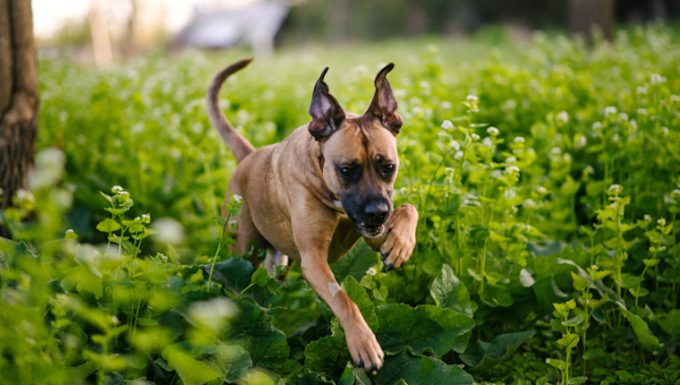Rhinosporidiosis in dogs is a fungal infection that affects the nose. It causes growths that look like small cauliflowers.
The condition is zoonotic. This means it can be transmitted from dogs to humans.
Technically, the organism that causes the condition is called Rhinosporidium seeberi.
Thankfully, the condition is quite rare in the United…









